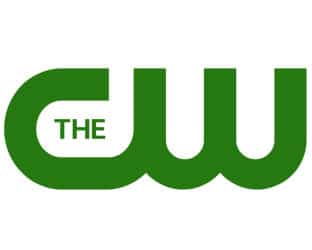The Media Networks division was the best performer for The Walt Disney Company in fiscal Q4, with both revenues and operating income up by double-digit percentages. The improvement was largely due to the cable networks, but results also improved for the broadcasting side.
Media Networks revenues rose 14% to $4.73 billion. Segment operating income grew 26% to $1.49 billion. That came as revenues for the entire company rose only 4% to $9.87 billion and operating income also gained 4% to $1.85 billion. That’s right, the rest of the company added only $368 million to the operating income from the Media Networks division alone in fiscal Q4 (which ended October 3).
Cable Networks revenues rose 14% to $3.34 billion. Operating income increased 19% to $1.5 billion. The company said that was primarily due to an increase at ESPN and, to a lesser extent, the worldwide Disney Channels. The growth at ESPN was driven by higher affiliate revenue, partially offset by higher programming costs. The Cable Networks operation includes Disney’s radio properties, ESPN Radio and Radio Disney, although those are not broken out.
Broadcasting revenues grew 14% as well, to $1.39 billion. Operating income was $2 million, which was an improvement from a loss of $71 million a year earlier. The company said that upturn was driven by increased domestic and international sales of ABC Studios productions, led by “Grey’s Anatomy” and “According to Jim,” partially offset by an increase in the related production cost amortization. CFO Tom Staggs told analysts that ad sales were down 15% for the O&O TV stations, although the local markets are showing some signs of improvement.
“At the ABC Television Network, results were comparable to the prior-year quarter as lower pilot costs and the benefit of an additional week of advertising revenues were offset by the impact of lower ratings and advertising rates and higher programming costs for more hours of original scripted programming. Lower pilot costs reflected the timing of pick up decisions, which generally occurred in the third quarter this year compared to the fourth quarter of the prior year due to delays resulting from the Writers Guild of America work stoppage in fiscal 2008,” the company said in its earnings release. In the conference call with analysts, Staggs noted that scatter pricing is up 20%.
Disney isn’t giving specific guidance for the new fiscal year now underway, but CEO Bob Iger told analysts the best opportunity for growth lies with an advertising recovery. However, he noted that visibility is still limited on that front.
Of course, Iger was asked for his take on who should get what when it come to retransmission consent cash.
“Look, we have 10 great stations and a very successful network and have long believed that the value that those stations and the network creates, not only for consumers, but for multi-channel providers, is significant. And we are intent on getting paid marketplace prices, or fair market value, I should say, for those stations and that network. We’ve had a good relationship with multi-channel providers over the years that have created great value for us and paid us well. Just as while they’ve been paying us well, they are continuing to increase value to them by investing in our programming and our brands. ESPN’s probably the best example of that, but Disney Channel, ABC Family, we could name a bunch. We obviously are watching very carefully the dynamic in the marketplace about retransmission consent and fully expect to participate in the trend, however it goes, and continue to work as we possibly can with multi-channel providers to not only derive value and preserve and protect shareholder value for us, but to make sure that the business model of multi-channel service continues to create real value. Very, very important for us,” Iger replied.




